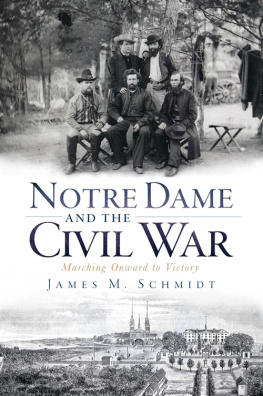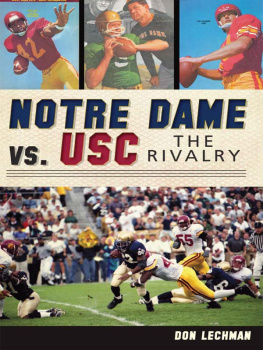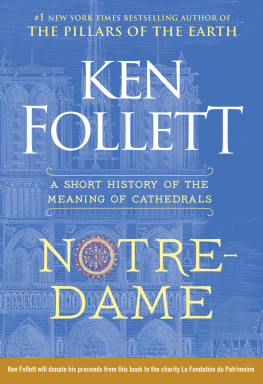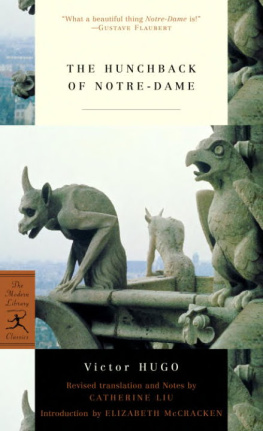
NOTRE DAME
AND THE
CIVIL WAR
NOTRE DAME
AND THE
CIVIL WAR
Marching Onward to Victory
J A M E S M. S C H M I D T

Published by The History Press
Charleston, SC 29403
www.historypress.net
Copyright 2010 by James M. Schmidt
All rights reserved
First published 2010
e-book edition 2011
ISBN 978.1.61423.049.6
Library of Congress Cataloging-in-Publication Data
Schmidt, James M., 1964
Notre Dame and the Civil War : marching onward to victory / James M. Schmidt.
p. cm.
Includes bibliographical references.
print edition: ISBN 978-1-59629-879-8
1. University of Notre Dame--History--19th century. 2. Indiana--History--Civil War,
1861-1865. 3. United States--History--Civil War, 1861-1865--Education and the war. I.
Title.
E541.N6S36 2010
977.203--dc22
2010041016
Notice: The information in this book is true and complete to the best of our knowledge. It is offered without guarantee on the part of the author or The History Press. The author and The History Press disclaim all liability in connection with the use of this book.
All rights reserved. No part of this book may be reproduced or transmitted in any form whatsoever without prior written permission from the publisher except in the case of brief quotations embodied in critical articles and reviews.
To my cousin, Father Peter Meis, OFM, Cap., in admiration of his more
than forty years of devoted and loving missionary work to the indigenous
peoples of Papua New Guinea.
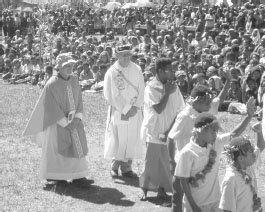
CONTENTS
PREFACE
I did not attend the University of Notre Dame, but like millions of other Americans I happily count myself among its subway alumnithe legion of fans with a special affinity for the home of the Fighting Irish due to their personal religious traditions, the schools sports tradition or, as in my case, both. That affinity only grew stronger when I became more familiar with Notre Dames long, remarkable and patriotic record of supporting our country in wartime. In writing this book about the interesting and important role that Notre Dame played in the Civil War, it is my fervent hope that its heroes of the battlefield will be as well known as its heroes of the playing field.
The book is the product of more than a decades interest and research and the kind, enthusiastic and expert cooperation and support of many people, including, first and foremost, the wonderful staff of the University of Notre Dame Archives, especially Kevin Cawley, Peter Lysy, Sharon Sumpter and Elizabeth Hogan, who have answered questions and supplied me with a host of material for many years. Sister Bernice Hollenhorst (Archives and Records of the Sisters of the Congregation of the Holy Cross) and Deb Buzzard and Father James Connelly (Archives of the Indiana Province of the Congregation of the Holy Cross) also provided advice, documents and photographs from their wonderful collections.
The story of the University of Notre Dame is intimately connected to the story of the state of Indiana. As such, the assistance of the following people was essential and much appreciated: Suzanne Hahn of the Indiana Historical Society; Diana Zornow of the Elkhart County (Indiana) Historical Museum; and Susan Lowery of the Mishawaka (Indiana) Heritage Center. The reference staffespecially Patricia Bicknellat my hometown Montgomery County (Texas) Memorial Library were friendly and helpful as always.
Tim Deichl was a kind and early supporter of this project and provided rare documents and photographs related to his family historyespecially important were items concerning Notre Dame student-soldier, and Union general, William F. Lynch. Likewise, Linda Fluharty shared her remarkable genealogical research on student-soldier Michael Quinlan. Jay Odom, proprietor of www.civilwardocs.com, expertly retrieved soldier service records from the National Archives. Dave Powell, author, historian and battlefield tour guide, kindly shared correspondence from his collection regarding the Battle of Chickamauga.
Professional photographer Pat Brownewell, Notre Dame graduate and navy veteran Corrine Rypka, author and historian Michael Aubrecht, historical marker expert Craig Swain and lifelong friend Curtis Fears all kindly provided much-needed (and excellent) modern photographs of monuments and memorials from Indiana, Pennsylvania, Missouri and Washington, D.C., of Notre Dames service in the war.
In all of my writing endeavors, I have received the generous advice and support of professional and academic historians, and this project was no different. Dr. Dorothy Pratt of the University of South Carolina kindly provided her unpublishedand essentialmanuscript regarding the effect of the draft on Notre Dame in the Civil War. Dr. John F. Marszalek, Professor Emeritus, Mississippi State Universityand executive director of the Ulysses S. Grant Associationread the manuscript and provided expert comments and sage advice that made the final work all the better.
Guy R. Hasegawadear friend, estimable author and historian in his own right and expert editorapplied his sharp eye and blue pencil to the manuscript but mostly offered me his encouragement.
Joseph Gartrell, my editorat The History Press, saw merit in this project and championed its publication, and for thatand his friendshipI am most grateful.
My wife Susan; our children Katherine, Robert and Michael; and my parents, brothers, sisters, in-laws, grandparents, aunts, uncles and other family and friends provided loving support as always. The dedication to my cousin, Father Peter Meis, OFM, Cap., is both sincere and fitting: His work among the native people of Papua New Guinea is a modern example of the same missionary zeal that brought the founders of Notre Dame from France to our shores and its Holy Cross priests to the camps and battlefields of the Civil War; it is a privilege to call him family.
Any errors in editing, fact or interpretation are mine alone.
While this book may be the product of a decades work, it is by no means the culmination of my research or interest in the interesting and important role of Notre Dame in the Civil War. It is and will be a lifelong passion, and there is still much to learn. Chief among my goals is to document as many of the Notre Dame student-soldiers as possible. I encourage readers to contact me through the publisher or through my Notre Dame in the Civil War website at http://notredamecivilwar.blogspot.com.
INTRODUCTION
The peaks of Notre Dame history are shrouded in the mists of war.
Father Hugh ODonnnell, president, University of Notre Dame, 1941
On March 4, 1861, nineteen-year-old college student Orville Chamberlain wrote a letter home with the opening line: We are having recreation here this afternoon in honor of Old Abes inauguration. Apart from mention of the nations new president, there was no other hint of campus talk regarding news or politics. Indeed, the balance of his letter related to the timeless concerns of any college student: learning to live on his own, his classmates, his studies, the quality and quantity of the food andof coursehis need for money. When Confederate guns fired on Fort Sumter only weeks later, everything changed for Chamberlain and for his school, the University of Notre Dame.
Next page
